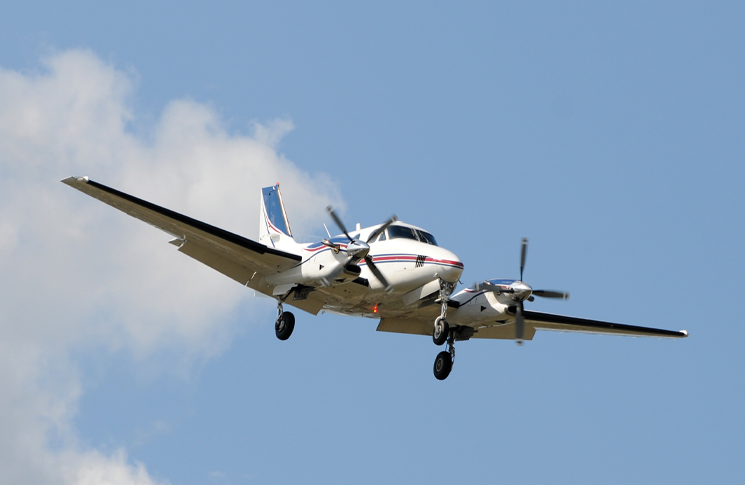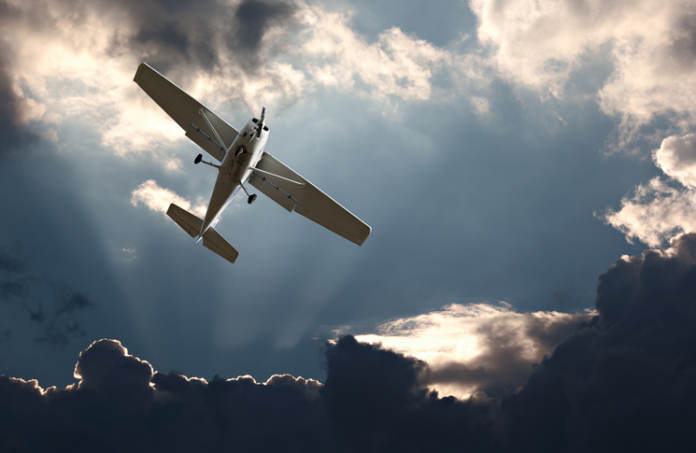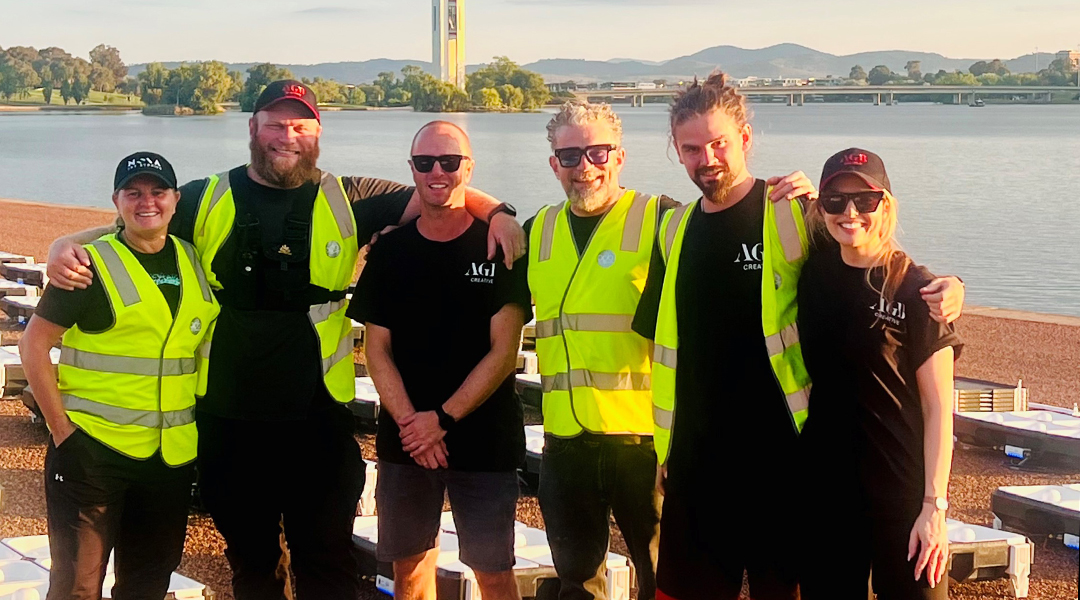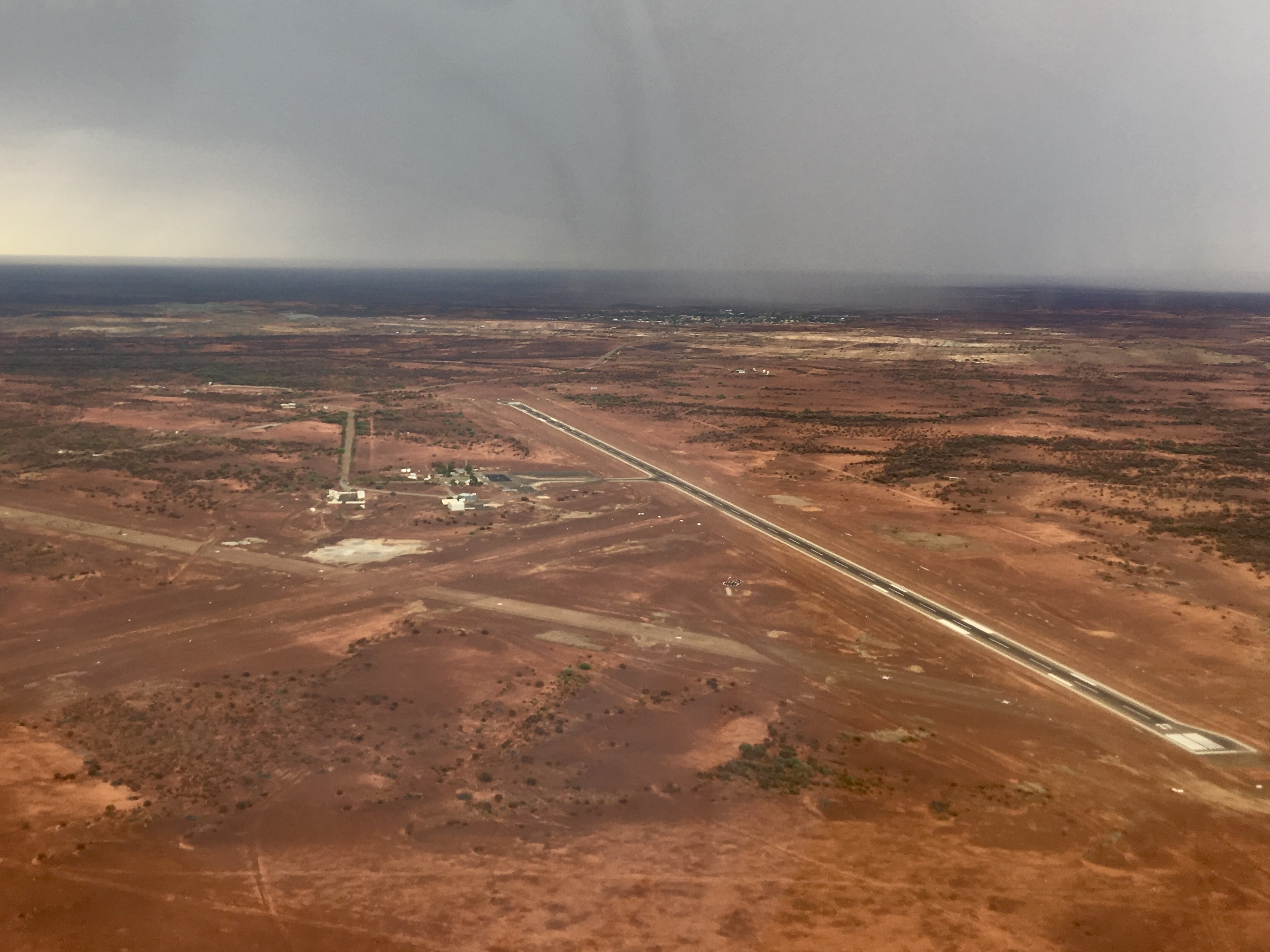If icing is forecast but your charter aircraft doesn’t have anti-icing equipment, what should you do if the chief pilot insists you ‘go up and have a look’?
Ironically, one of the most consequential words in aviation is also one of the simplest – the word ‘no’.
This single-syllable word is so easy to say that it’s generally the first word we ever learn (not, unfortunately, ‘mummy’ or ‘daddy’). Which begs the question – why, in aviation, is ‘no’ so very hard to say?
The reasons can be complex, especially for inexperienced pilots. If ‘go up and have a look’ means exactly that, rather than a euphemism for ‘just get on with it’, then it can be a reasonable request. However, the important point is if the pilot decides not to take-off or to turn around, they must be supported.
To illustrate the point, walk (or fly) a mile in these shoes: You’re a young commercial pilot on a freight run and are studying the weather for the flight in Winter from Cooma back to Bankstown.
The freezing level, as well as layers of scattered and broken cloud, extend from below to above the lowest safe altitude of 6700 feet. It should be easy to say ‘no’ to company operations back in Bankstown. CAR 238 (now Part 91.710) appears to be very plain: unless equipped with anti-ice or de-ice equipment, no flight into known or expected icing conditions is allowed. Your aircraft isn’t so equipped, which means you should look to spend the night in Cooma. You should say ‘no’.
But then you remember the recent feedback from the chief pilot and chief executive on CAR 238 that it was ‘totally legal’ to ‘go and have a look’.
You weren’t too happy with that, but no-one else seemed to want to speak up at the crew meeting. Then another pilot, who had printed CAR 238, quoted the reasons one could not take-off and ‘have a look’. Deep down you were thankful for that pilot but it was hard to back him because, like so many other pilots who had come and gone, he was effectively fast tracking the ‘gone’ part by speaking up.
Sure enough, the chief executive and chief pilot were ‘not impressed’. A few days later, out came a bulletin about that route. Despite CAR 238, it suggested a pilot could indeed take-off and ‘have a look’.
At Cooma, you’ve got that on your mind as you consider the weather back to Bankstown. It hasn’t changed. You look at your aircraft again knowing there’s no de-ice or anti-ice equipment. You look at the return flight knowing it’s already behind schedule. You think of the scheduling ripples and delays if you don’t take-off soon. You make your decision, complete the walk around and take-off for Bankstown.
As readers, it might be easy to critique the lack of a ‘no’; however, remember this isn’t an isolated occurrence – it’s part of a wearying pattern of pilots speaking out on a safety issue and then being subtly or overtly undermined, over and over again.
Different location, same company, same time period: You’re another young commercial pilot on a freight flight and you’ve ended up at Wagga at the end of a 12-hour duty day.
The company wants you and your aircraft back at Bankstown ASAP. But you’ve just seen a dangerously congested mass of reds and blacks between you and Bankstown on the BOM weather radar.
You call operations and tell them about the storms. They ‘huff and puff’ and say ‘Oh, geez, you know, try and come back’ and then, sensing you aren’t changing your mind, advise you to ring the chief pilot. That’s not something you really want to do. Like a lot of the other pilots, you are very much wearied by the knowledge the chief pilot will ‘encourage’ you to take-off and ‘have a look’, despite the foreboding mass of turbulence, icing, lightning and windshear.
You call anyway. Sure enough, the chief pilot tells you to take-off and try navigating northwards to avoid the storms. You know deep down it won’t work – you know you should say ‘no’.
It’s pilots like you who make the chief executive and I want to go out and get ******** pilots that will fly through weather!
‘Go and have a look’
You know what happened in a similar situation to yours on a medical flight to Lismore. That pilot got to Lismore by threading an eye-widening, teeth-clenching path through the storms at 500 feet, worried the whole time by the turbulence, lightning and continual manoeuvring and the effects of all of these on the flight nurse and the patient. He’d finally made it and, after anxiously scanning the updated forecast, noted it was getting worse. He, like you now at Wagga, knew it was time to say no. So he did.
After that pilot returned to Bankstown the next day, the chief pilot asked why he hadn’t returned the night before. ‘It was a command decision,’ the pilot replied. But the pilot later said the chief pilot replied aggressively: ‘I get paid to make these decisions. You should have contacted me and I could have made the decision for you. It’s pilots like you who make the chief executive and I want to go out and get ******** pilots that will fly through weather!’
Now, the same thing could happen to you if you stay at Wagga. You can say no. You can spend the night at Wagga. That would be a safe thing to do but it’s also the unpopular option. So now you have a choice – be safe or be popular.
You think about the chief pilot’s advice. Will it really hurt just to take-off and ‘have a look’?
You look at the weather again between Wagga and Bankstown. It hasn’t changed. You make your decision. You complete the walk-around, take-off and head northwards. Within 10 minutes, a large bolt of lightning ‘right in front of your face’ persuades you to conduct a rapid turn and head back to Wagga.
That’s the problem with ‘have a look’ – apart from risking push-on-it-is, it often brings exposure to the very risks that millions of dollars’ worth of forecasting support are helping you avoid. Now all you’ve done is double-dosed your anxiety – one dose from knowing the chief pilot isn’t going to be happy and another from the near smite by the thunderstorm.
Back in our own shoes and thinking about those young mid-twenty-something pilots in a culture like that one, probably eager to get the hours up and be part of the team, it’s clear ‘no’ is not at all easy to say. The culture is eating their conscience-empowered ‘no’ for breakfast. For instance, see The Seaview disaster: conscience, culture and complicity, on flightsafetyaustralia.com
And it isn’t just on the flight ops side where the cultural conscience campaigns for an unsafe ‘yes’ over a safety-related ‘no’ – it’s everywhere. It’s the insistence that a non-functioning autopilot doesn’t need to be written up despite the single-pilot operation. Same for the fuel-indication problems, the magneto-related start issue and many other maintenance defects.
Sometimes, not only are pilots dissuaded from writing up a defect, but they’re asked to conduct non-authorised maintenance; for example, when a pilot was told to disconnect a thermal detection wire to allow the engine to start and ‘at least get the aircraft back to Bankstown’ (and, yes, it was the red wire). Little wonder then that the regulator, during several audits in the years before the accident mentioned below and after a series of engine failures at the company, issued numerous ‘Request for corrective action’ about deficiencies in maintenance procedures, document control, instrument calibration and component control.
But the cruellest consequence of the culture was in emergency training. Despite the history of engine problems, the operator gave pilots very little one-engine inoperative (OEI) training. This was ironic given the promo on the website proclaiming pilots were meticulously selected and professionally trained to ‘ensure a culture of safety and excellence’.

The accident
At 0752 local time on 15 June 2010, about 6 miles north of the Richmond military aerodrome, the right-hand engine of a Piper PA-31P-350 Mojave surged as it climbed away from Bankstown on a medical flight with the pilot and a flight nurse onboard. Even for a well-trained, proficient pilot, the surging would have presented what the ATSB later called a ‘confusing and distracting problem’:
This situation was novel and unexpected and it was likely that the pilot’s response would have required the use of significant attentional resources and conscious oversight …
Elsewhere, the ATSB says, ‘You can’t improvise a good decision, you must prepare for it’. It’s not a quote that was applied here because the accident pilot was anything but prepared for the surging engine, as the Administrative Appeals Tribunal would later elaborate. Statements from an expert witness that OEI mastery required at least 5 training iterations during the endorsement, plus ongpoing recurrency training, was something this pilot (and other company pilots) simply did not have.
One survey found nearly half of the 26 company pilots had received no asymmetric training on certain aircraft endorsements and the rest, including the accident pilot, had minimal iterations. Additionally, it was found the endorsement received by the accident pilot was unauthorised in that the chief pilot was not certified to carry out the endorsement at the time and the retraining mandated by CASA was never carried out.
Later, it would also be noted by the ATSB that the regulations had failed to provide clarity around multi-engine OEI training. In any case, the OEI proficiency of the pilot now dealing with the surging engine was not even close to that required for the circumstances at hand.
No-one ever complained that a good automobile should get rid of its brake and keep its accelerator.
With the company having said ‘no’ to a decent training program, there wasn’t any way this pilot, or any other pilot, with such an absence of proficiency-building emergency training, could effectively and safely optimise the machine for single-engine flight.
Instead, a series of cognitively burdened decisions saw the non-optimised aircraft give up safety-critical height, fly straight past Richmond (a large military airport with a large runway and an abundance of crash services) and impact the obstacle-ridden Canley Vale Road just short of Bankstown Aerodrome, with no survivors. We will never know for sure why that decision was made, but it is a cruel irony that, like so many pressured pilots before, this one was apparently just trying to get back to Bankstown.
After the accident, the dam burst – CASA and the ATSB received numerous anonymous accounts from pilots and other staff employed by the company, of a culture ranging from subtle coercion to straight out intimidation. One example of subtle coercion is the report of eye rolling by engineers when a pilot reported a defect. There is another account of the CEO using a subtle threat for reporting a defect saying, ‘Just remember it’s a very small industry’.
While subtle, this attitude from engineering supported the culture of ‘Just get the job done’ which intimidated the less experienced pilots.
The bigger issue is when a pilot is employed as a casual and relies on being rostered to get hours and get paid. Not being re-rostered was an effective tool in getting pilots to do what the company wanted.
While pilots should be saying ‘no’ the Chief Pilot and CEO should not be putting pilots in a situation that results in a confrontation. The period following the accident was when the Chief Pilot and CEO faced the consequences of instilling this culture. It is common for pilots to come forward following the death of a friend and tell CASA what has been going on in the company. Unfortunately, by then it is too late.
Some Chief Pilots and CEOs are not aware that fostering this culture and allowing or encouraging unsafe practices can lead to personal civil lawsuits and, in some cases, charges of manslaughter following an accident.
But this is really about us now. Will we say ‘no’ when we need to? Are we willing, if the occasion arises (or has already arisen), to say ‘no’ to unrealistic deadlines or unrealistic workloads or unrealistic expectations – or all of the above?
‘No’. One syllable standing between us and professional failure. One simple word standing between us and the funeral of one or more of our team.
So why not just utter it — especially when it’s reliably informed by a healthy safety-conscience? After all, no-one ever complained that a good automobile should get rid of its brake and keep its accelerator. Every enthusiastic accelerator needs an equally enthusiastic brake – that’s how all good automobiles (and good cultures) operate. Or at least they should.
So let’s just say it when we need to – just say ‘no’.
References
Flight Safety Australia, ‘Final destination: Birmingham’
Flight Safety Australia, ‘Culture and the clock’
Flight Safety Australia, ‘Rendezvous at midnight’
Australian Transport Safety Bureau, Collision with terrain, Piper PA-31P-350 Mojave VH‑PGW.
Administrative Appeals Tribunal, Avtex Air Services Pty Ltd and Civil Aviation Safety Authority [2011] AATA 61, 4 February 2011.





